Introduction
In a momentous decision, the United Nations Educational, Scientific and Cultural Organization (UNESCO) has announced the inclusion of the “settlement and artificial mummification of the Chinchorro culture” on the prestigious World Heritage List. This recognition validates the global importance of these ancient practices, dating back over 7,000 years – predating the famous Egyptian mummies by around 2,000 years.
The Chinchorro were a sophisticated coastal culture that inhabited the arid northern regions of present-day southern Peru and northern Chile. Their settlements and cemeteries, including the sites of Faldeo Norte del Morro de Arica, Colón 10, and Desembocadura de Camarones, bear witness to an advanced society that intensively exploited marine resources.
Beyond their impressive material culture, the Chinchorro are renowned for their pioneering practices of artificial mummification – a tradition that predates the Egyptians by millennia. The inclusion of this remarkable legacy on the World Heritage List shines a well-deserved spotlight on the ingenuity and cultural significance of these ancient people.
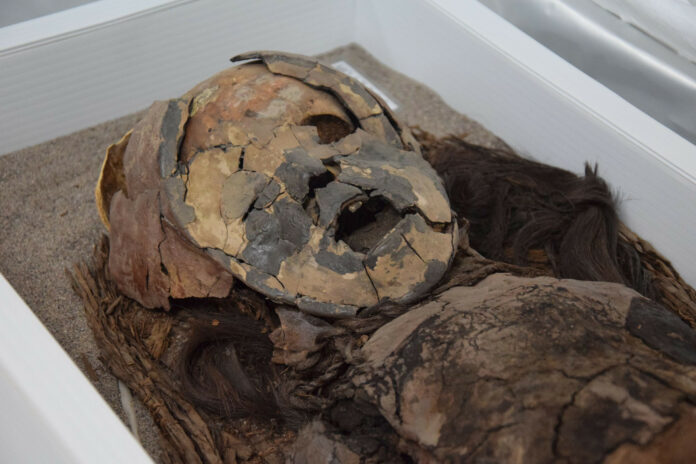
The Chinchorro: A Sophisticated Coastal Culture
The Chinchorro were fisher-hunter-gatherers who resided along the arid northern coast of the Atacama Desert from approximately 5450 BC to 890 BC. Analysis of their settlements and discarded shell piles suggests that seafood accounted for a staggering 90% of their diet. They possessed a sophisticated material culture, crafting tools from mineral, plant, bone, and shell materials to support their thriving coastal existence.
Despite the harsh environmental conditions of the Atacama Desert, the Chinchorro developed advanced techniques for exploiting marine resources. They utilized a variety of tools, including harpoons, fishhooks, and nets, to harvest an abundance of fish, shellfish, and other sea creatures. This intimate knowledge of their coastal environment allowed the Chinchorro to thrive for thousands of years.
The Chinchorro’s settlements and cemeteries, such as Faldeo Norte del Morro de Arica, Colón 10, and Desembocadura de Camarones, provide valuable insights into their way of life. These sites showcase the Chinchorro’s mastery of coastal living, with well-organized communities and intricate burial practices that reflect their deep reverence for the dead.
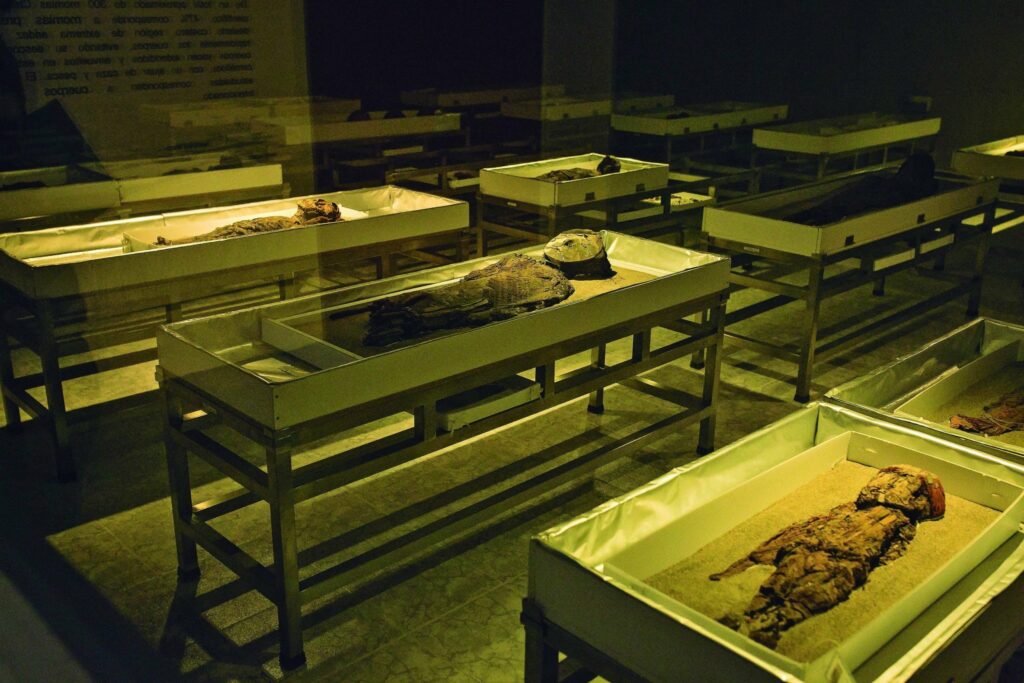
The Enigma of Artificial Mummification
The Chinchorro mummies represent the oldest known archaeological evidence of purposeful human mummification, predating the famous Egyptian mummies by around 2,000 years. Unlike the Egyptians, who reserved mummification for royalty, the Chinchorro systematically dismembered and reassembled the bodies of deceased men, women, and children across the social spectrum.
The mummification process was a meticulous and complex undertaking. It involved removing the organs, intestines, and tissues, followed by skinning and reassembling the corpse using sticks and animal hair. The bodies were then painted red or black, often with intricate hairstyles sewn onto the scalps.
The Chinchorro’s approach to mummification differed significantly from the Egyptian practices. While the Egyptians focused on preserving the physical body, the Chinchorro seemed to have placed greater emphasis on the symbolic and emotional aspects of the process. The resulting mummies possess a striking sculptural and aesthetic quality, reflecting the fundamental role of the dead in Chinchorro society.
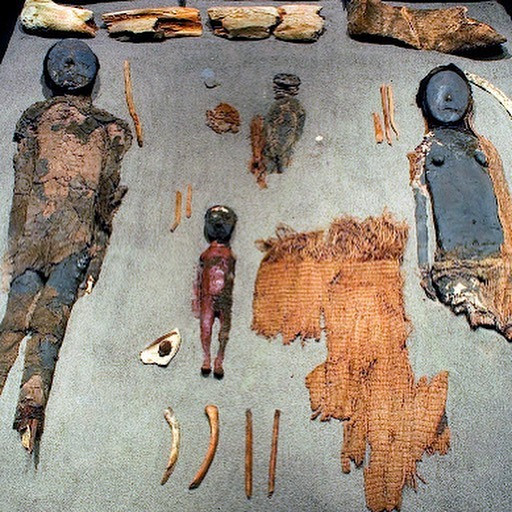
A Poignant Legacy of Grief and Reverence
Experts speculate that the Chinchorro’s elaborate mummification practices were an emotional response to the painful loss of infants and children. Many of the mummies discovered belong to young individuals, suggesting that the Chinchorro placed great importance on honoring and grieving their deceased loved ones, particularly the youngest members of their community.
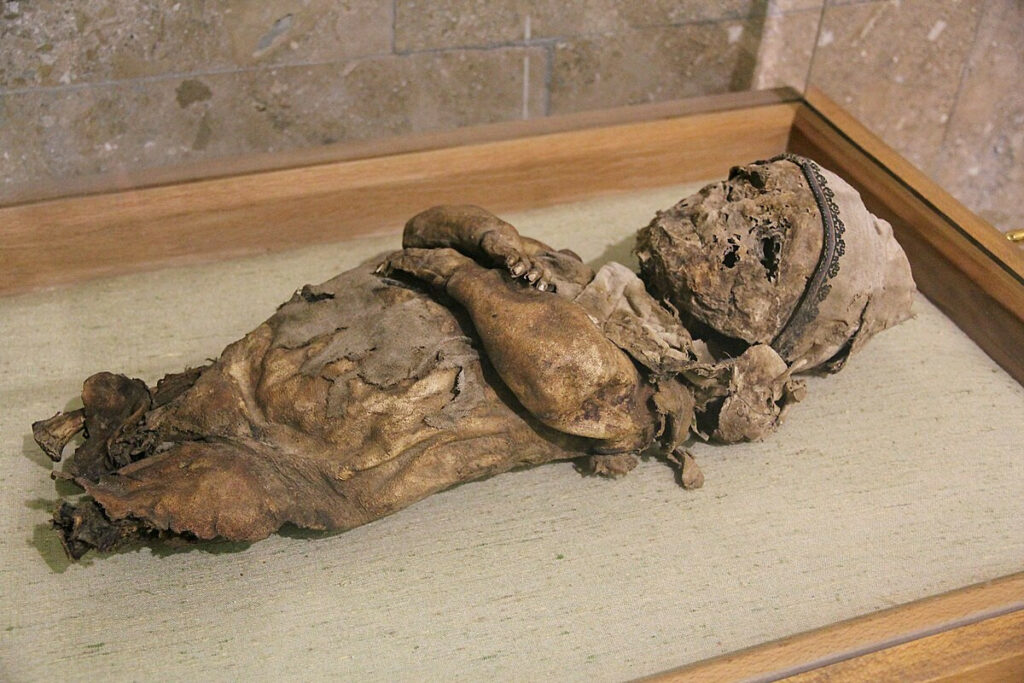
The precise purpose of mummification in Chinchorro cosmology remains elusive, but theories suggest it may have been a way to prevent corpses from frightening the living or a means for families to maintain a connection with their departed kin. Regardless of the specific motivations, the Chinchorro mummies reflect a profound respect for the dead and a desire to preserve the memory of their loved ones.

The inclusion of the Chinchorro mummies on the World Heritage List serves as a powerful testament to the enduring legacy of these ancient people. As we continue to unravel the mysteries surrounding their practices, we gain a deeper appreciation for the rich tapestry of human heritage and the remarkable ingenuity of those who came before us.
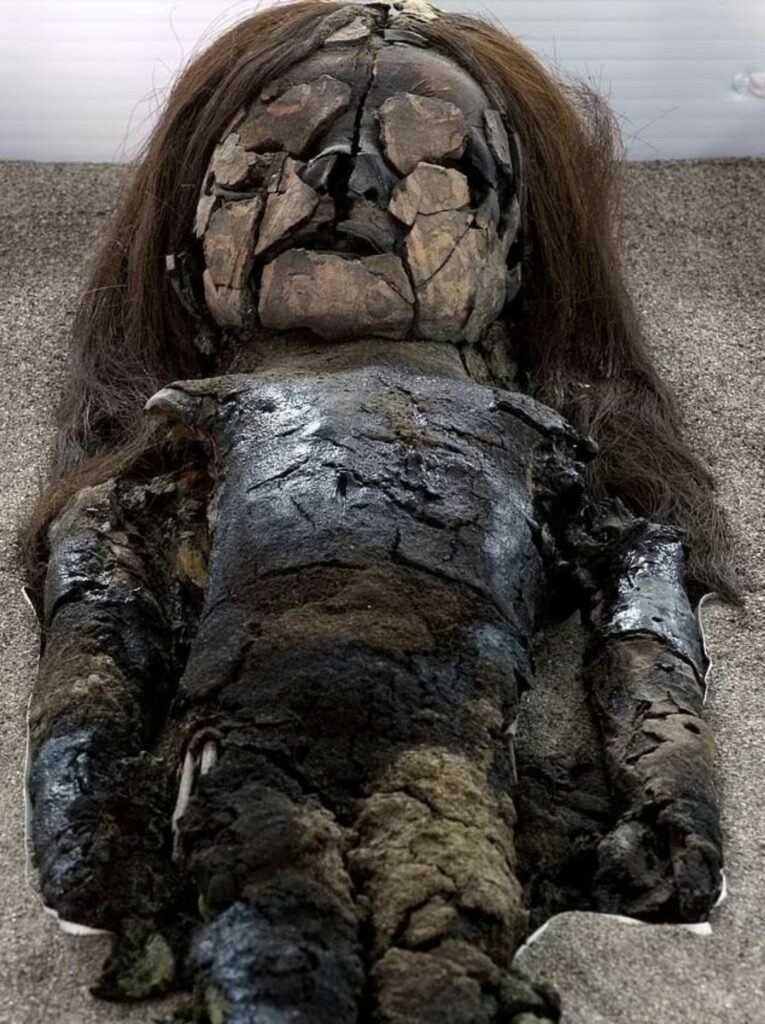
Conclusion
The UNESCO’s decision to recognize the “settlement and artificial mummification of the Chinchorro culture” as a World Heritage site is a significant milestone in the preservation and appreciation of this remarkable ancient civilization. The Chinchorro’s pioneering practices of artificial mummification, predating the Egyptians by millennia, stand as a testament to their sophisticated understanding of the human condition and their deep reverence for the dead.
As we delve deeper into the Chinchorro’s legacy, we are reminded of the enduring power of human creativity, resilience, and the innate desire to honor our shared past. The inclusion of this cultural heritage on the World Heritage List ensures that the Chinchorro’s story will continue to captivate and inspire people around the world, fostering a greater understanding and appreciation of the diverse tapestry of human civilization.

